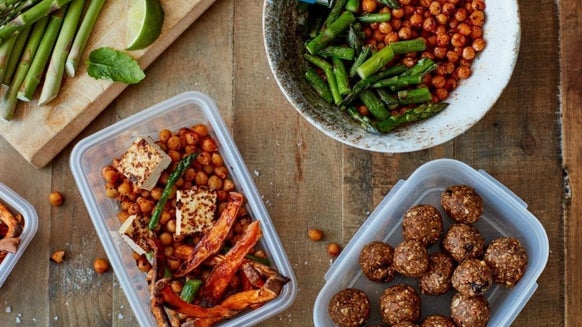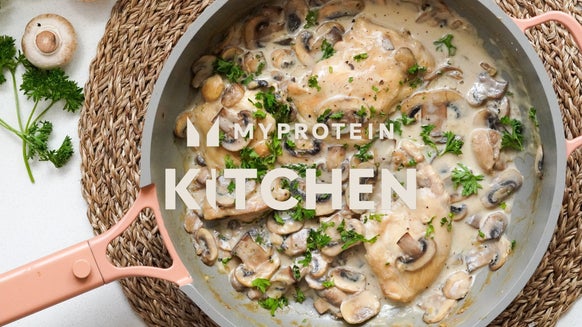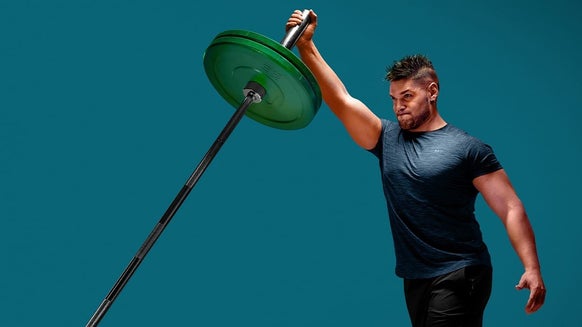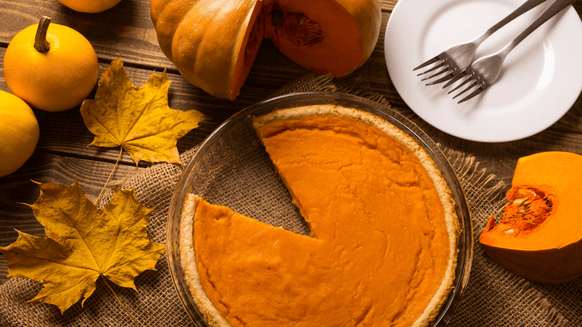
Maca root is produced from an ancient plant that's still very commonly used today. It's become extremely popular as a supplement, although it has been used by the native people in Peru, where it grows, for many years. With properties with the potential to enhance strength and stamina, maca, sometimes known as “Peruvian ginseng”, has loads of benefits. So, if you're thinking of trying this underrated supp, here are all the benefits.
What is Maca?
Maca is a plant that grows in some of the harshest conditions in the world—on top of a high mountain in less-than-ideal soil. A member of the Cruciferae family, it's related to the mustard plant as well as broccoli, cauliflower, and brussels sprouts. It contains nutrients including Vitamin C, zinc, iron, and calcium. Its botanical name is Lepidium Meyenii, and while it does produce leaves, the root is the source of the supplement’s nutrition. These roots are dried and then processed into powder, which is then packaged up ready for you to add to smoothies, shakes, or whatever you like. But if that's not your thing, you can also find maca root in capsule form.
Maca Benefits:
1. Maca can improve your mood
Like other cruciferous plants, maca is packed with healthy compounds. It contains antioxidants called flavonoids, which are largely linked to improving mood and reducing anxiety. Several maca root studies have
2. Maca May Improve Your Blood Pressure
The same study that showed benefits with depression and anxiety
3. Supporting fertility
One of the primary early uses for maca was to support reproductive health.
4. Increasing Stamina
Thanks to all of maca’s other benefits, continued research has shown that it can even increase your stamina during exercise. Just like it has been used for centuries to boost energy,
5. Increasing Energy
When is the best time to take Maca?
The timing of your maca supplement doesn’t have as strong of an impact as the consistency at which you take it. The majority of research studies that showed benefits had the participants taking a consistent dose—the timing of ingestion related to your workout isn’t as important. You could add it to a post-workout shake or a pre-workout snack, however works best for you.
Take home message
Maca powder is an incredibly nutritious and powerful supplement—reflected in the wide range of benefits and long-time historical use. Whether you want to help improve your mood or boost your energy in the gym, adding some maca powder into your routine is a simple way to support your goals.
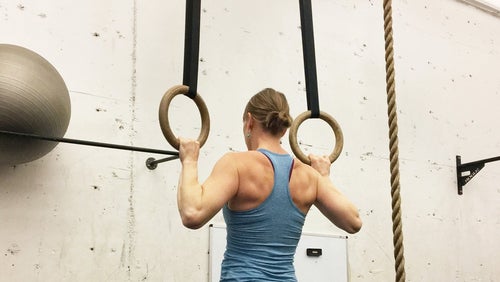
Beginner’s Callisthenics Workout | Personal Trainer Plan
It's trending for a reason .......

What Should I Eat 30 Minutes Before A Workout?
Nutritionist reveals how to fuel right....

Creatine Pills vs. Powder | Which Is Better?
Creatine pills vs. powder and everything you need to know about the supplement. ...

Claire is a Registered Dietitian through the Academy of Nutrition and Dietetics and a board-certified Health and Wellness Coach through the International Consortium for Health and Wellness Coaching. She has a Bachelor of Science in Biology and a Master’s degree in Clinical Dietetics and Nutrition from the University of Pittsburgh.
Talking and writing about food and fitness is at the heart of Claire’s ethos as she loves to use her experience to help others meet their health and wellness goals.
Claire is also a certified indoor cycling instructor and loves the mental and physical boost she gets from regular runs and yoga classes. When she’s not keeping fit herself, she’s cheering on her hometown’s sports teams in Pittsburgh, or cooking for her family in the kitchen.
Find out more about Claire’s experience here.
- Balick, M., & Lee, R. (2002). Maca: from traditional food crop to energy and libido stimulant. Alternative therapies in health and medicine, 8 2, 96-8 .
- Stojanovska, L., Law, C., Lai, B., Chung, T., Nelson, K., Day, S., … & Haines, C. (2015). Maca reduces blood pressure and depression, in a pilot study in postmenopausal women. Climacteric, 18(1), 69-78.
- Stone, M., Ibarra, A., Roller, M., Zangara, A., & Stevenson, E. (2009). A pilot investigation into the effect of maca supplementation on physical activity and sexual desire in sportsmen. Journal of ethnopharmacology, 126(3), 574-576.
- Brooks, N. A., Wilcox, G., Walker, K. Z., Ashton, J. F., Cox, M. B., & Stojanovska, L. (2008). Beneficial effects of Lepidium meyenii (Maca) on psychological symptoms and measures of sexual dysfunction in postmenopausal women are not related to estrogen or androgen content. Menopause (New York, N.Y.), 15(6), 1157–1162. https://doi.org/10.1097/gme.0b013e3181732953


